 In pulp you're always on the wrong side of the tracks. 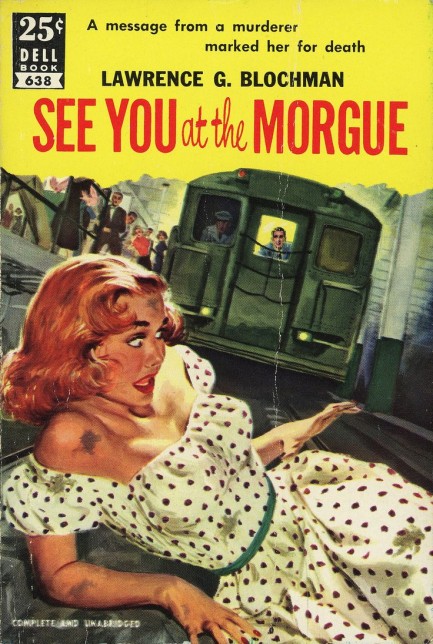
We're train travelers. We love going places by that method. It's one of the perks of living in Europe. Therefore we have another cover collection for you today, one we've had in mind for a while. Many pulp and genre novels prominently feature trains. Normal people see them as romantic, but authors see their sinister flipside. Secrets, seclusion, and an inability to escape can be what trains are about. Above and below we've put together a small sampling of covers along those lines. If we desired, we could create a similar collection of magazine train covers that easily would total more than a hundred scans. There were such publications as Railroad Stories, Railroad Man's Magazine, Railroad, and all were published for years. But we're interested, as usual, in book covers. Apart from those here, we've already posted other train covers at this link, this one, this one, and this one. Safe travels. 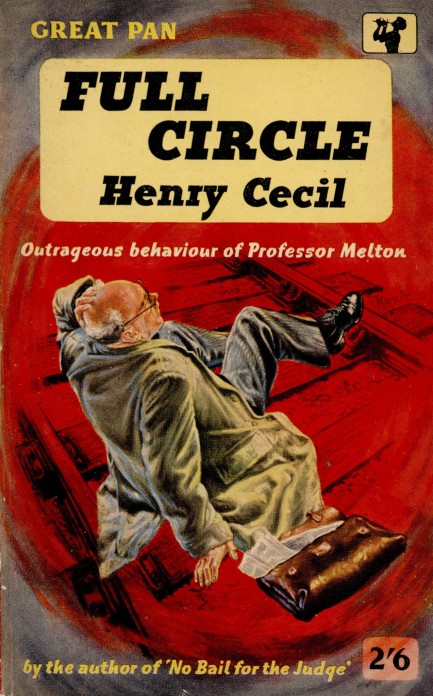 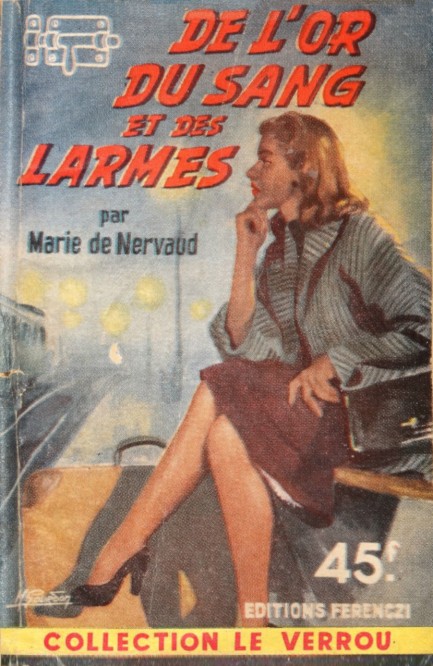 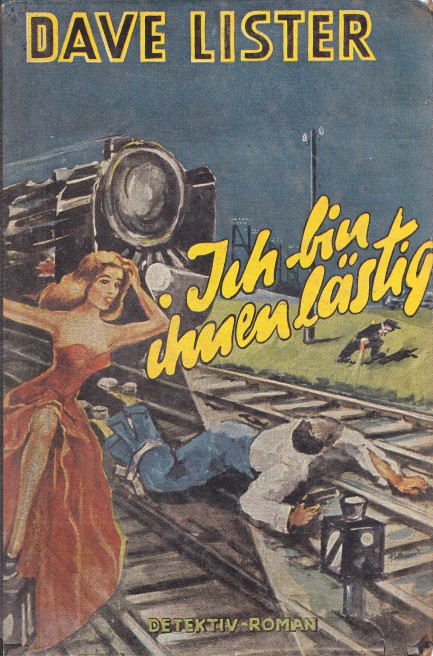 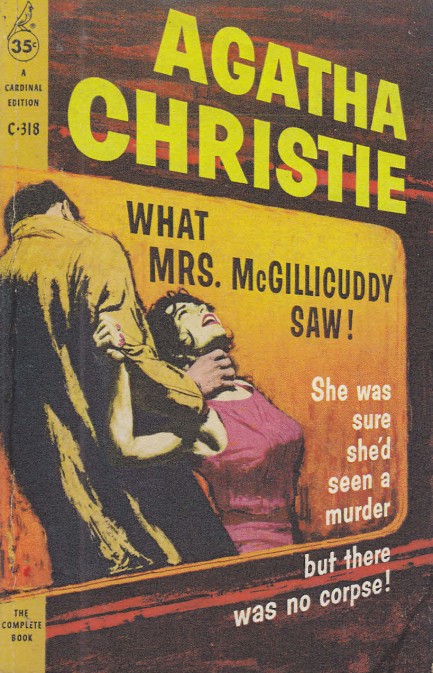   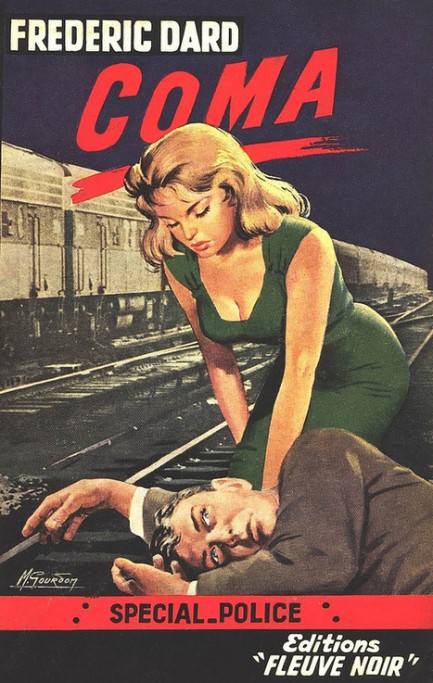 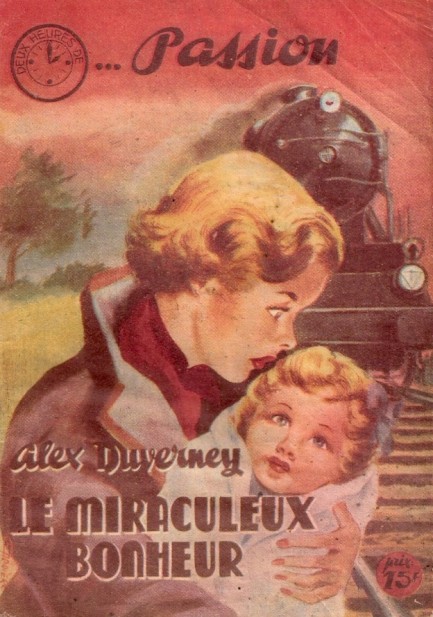   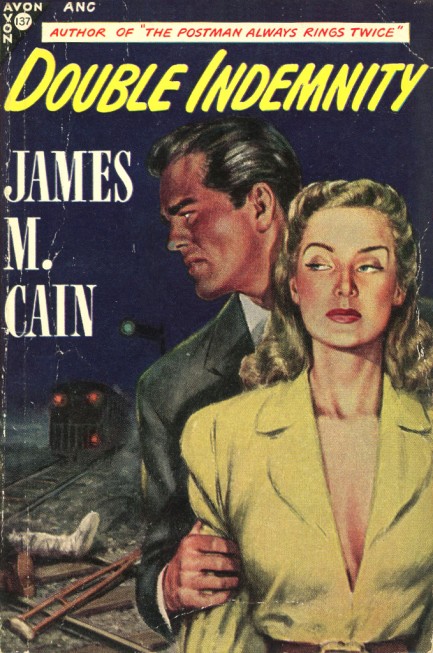 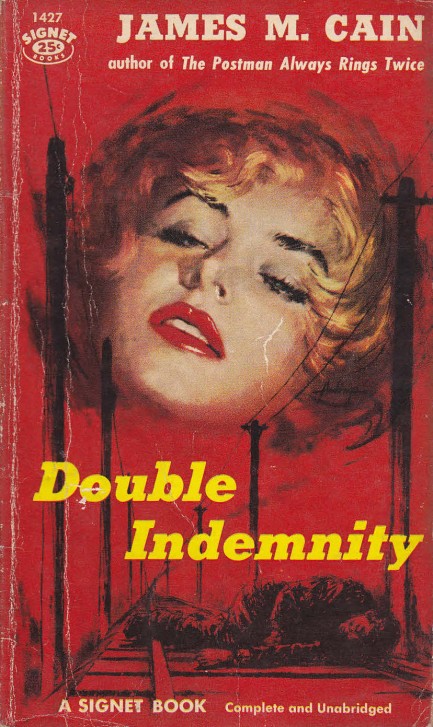 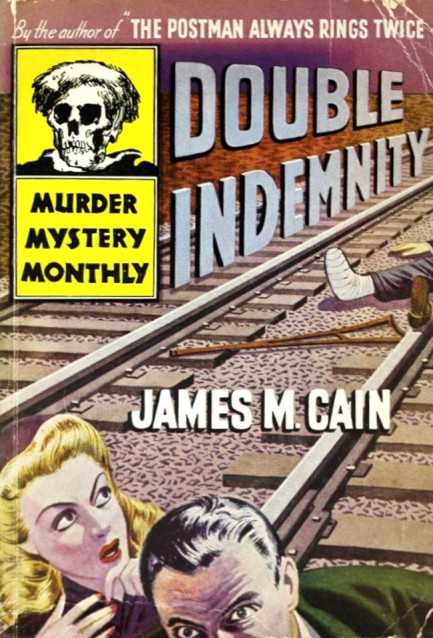    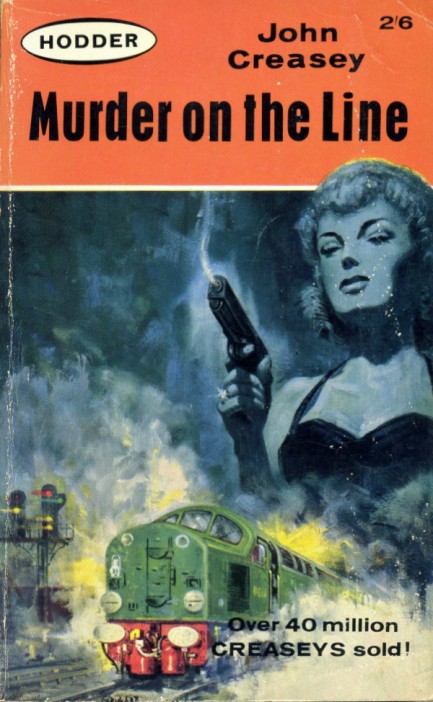 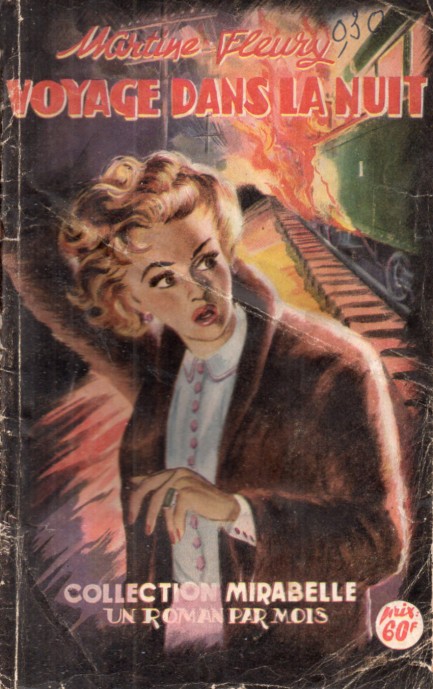 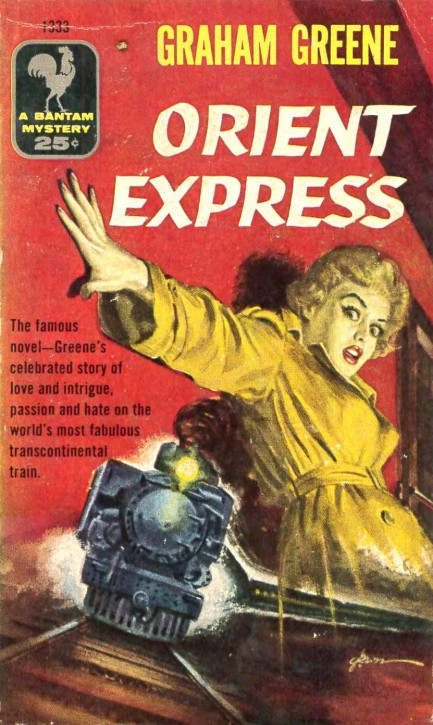 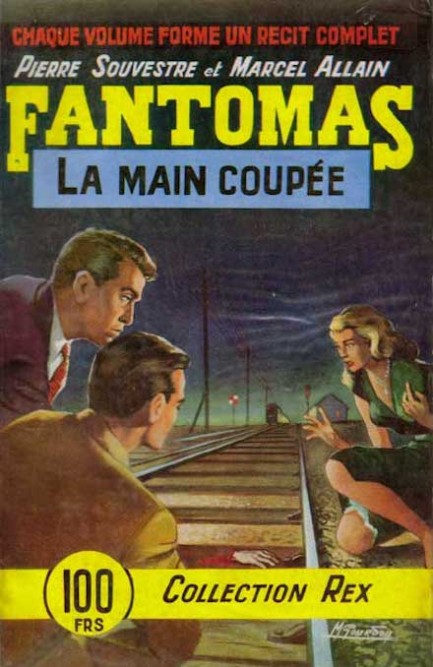  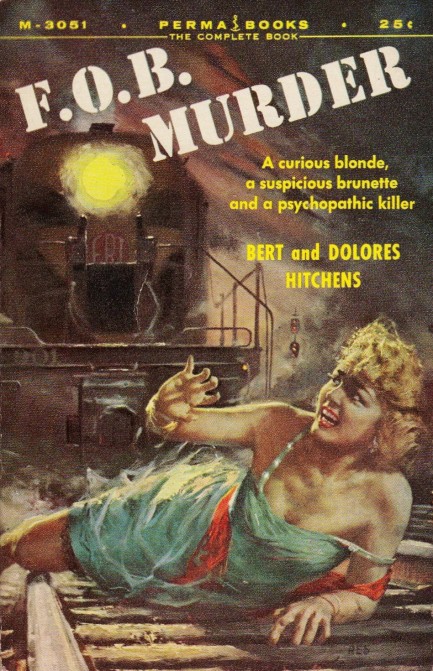  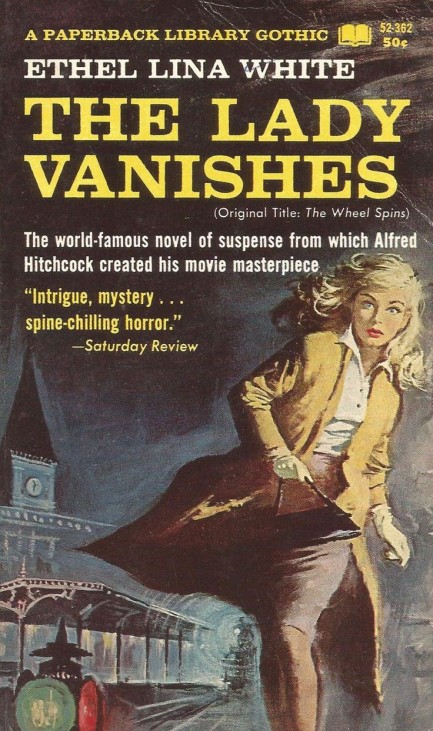 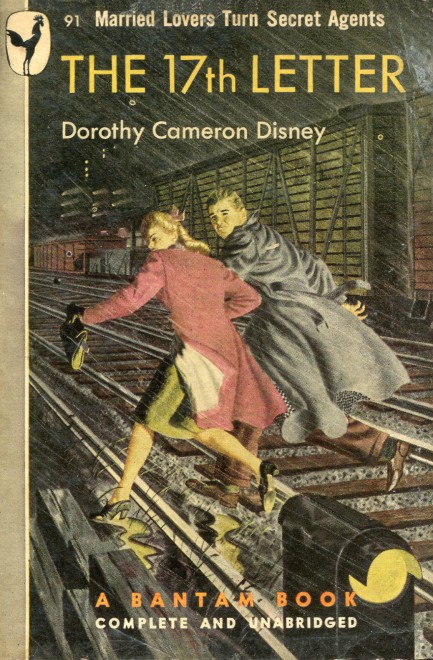 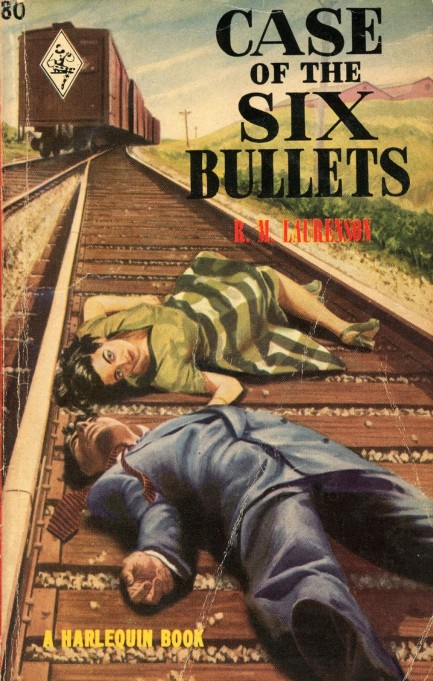
 He kills, robs, and terrorizes—yet still has panache. How very French. 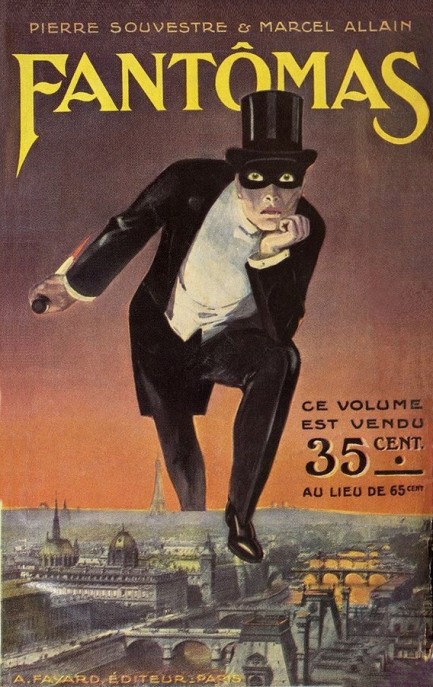
This is one of the oldest book covers we've shared. Fantômas, written by Marcel Allain and Pierre Souvestre, was originally published in 1911 by Librairie Arthème Fayard with uncredited art. We located a digital translation and were treated to a complex and somewhat episodic novel pitting the titular murderer and thief Fantômas against a clever and determined detective named Juve in a deadly pan-Parisian cat-and-mouse. Juve knows that many crimes committed in and around the city are the work of Fantômas, but catching him—when many believe he's just a figment of fearful imaginations—is another matter. Fantômas and Juve are both adept with disguises, and a third character disguises himself as a woman. The focus on such playacting makes us believe costumes held a particular fascination for the French at that time. The main surprise for us with this book was how evil Fantômas is. He kills one guy, crams him in a shipping crate, and injects his body with some chemical or other to keep the smell down. He shows his brutality in other instances as well. It's hard to wrap our heads around the fact that French readers embraced a tale that starred a serial killer, but then again the French were traditionally ahead of the artistic curve. For francophiles Fantômas is probably a can't miss, and while it's perhaps less on target for readers used to structure and action from books written post-1970, it's certainly atmospheric as hell. Successful too—the book sold mountains and Fantômas became a franchise character. We're sorry to give away that he survives this novel, but it isn't as if you have a choice about finding that out, considering this book is referred to in numerous places as Fantômas #1. We wouldn't quite label him #1, but he's pretty fun.
 That stocking she thought she lost? It's been under the bed the whole time. 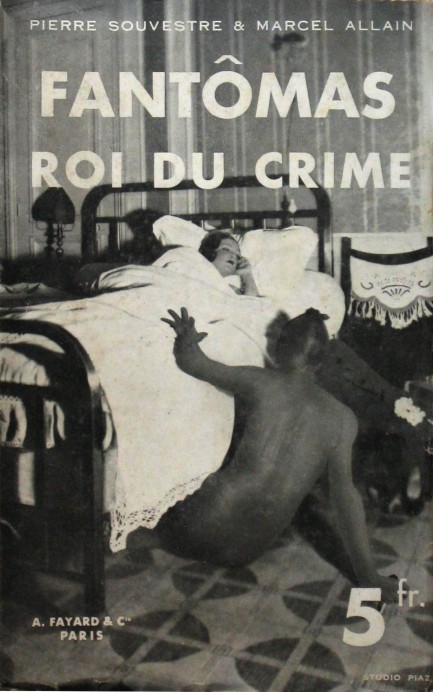
Above is a nicely terrifying cover for Pierre Souvestre and Marcel Allain's novel Fantômas roi du crime, a police saga starring the recurring character Fantômas, a ruthless master criminal. Souvestre and Allain first dreamt him up in 1911, and saw their creation adapted to television, cinema, and comics. This particular edition, fifteenth in the Fantômas series and published by Chez Arthème Fayard & Cie, is from 1933, but the novel originally appeared way back in 1912 as L'Evadée de Saint-Lazare. We may try this out if we can find a translation somewhere.
 Oh! Heh heh. You had something on your shirt and I was... er... just going to stab it for you. 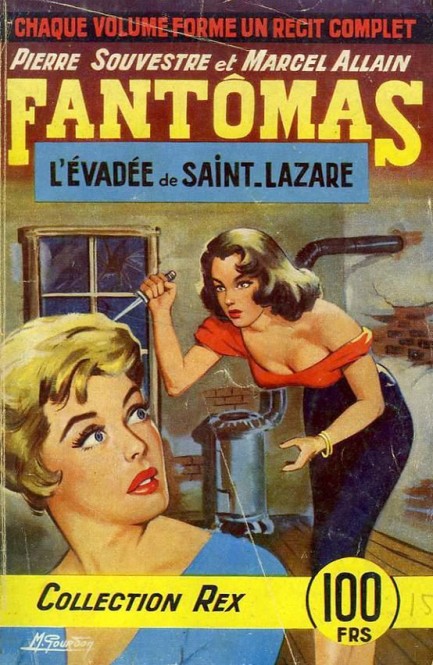
It's been a while since we featured Michel Gourdon's work, so above you see a cover for L'évadée de Saint-Lazare by Pierre Souvestre and Marcel Allain, for Paris based publishers Éditions Robert Laffont, number 29 in its series Collection Rex. The book is about a ruthless criminal named Fantômas, who wears a blue mask and black gloves. He was one of the most popular creations in the history of French literature. Souvestre and Allain wrote thirty-two books about him between 1911 and 1913. That's not a typo. They wrote fast, about a book a month, and were greatly helped by the money earned by selling him to the movies, where he became a stalwart of France's early silent cinema. Éditions Robert Laffont republished the books during the 1960s, with Michel Gourdon illustrating all of them, and the above edition coming in 1963. Rear cover below. We'll probably get back to Fantômas later.
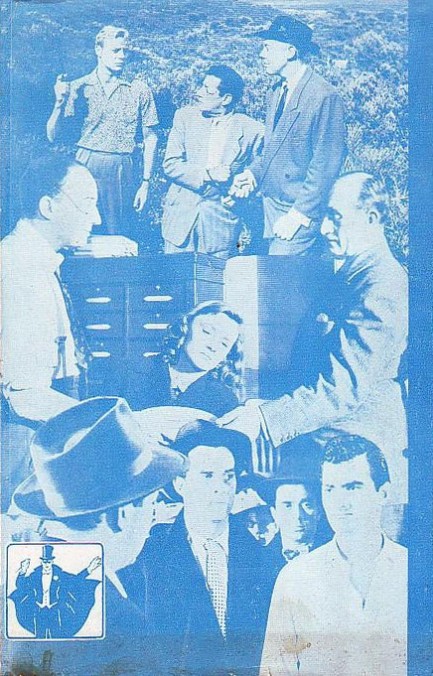
|
 |

The headlines that mattered yesteryear.
1960—Adolf Eichmann Is Captured
In Buenos Aires, Argentina, four Israeli Mossad agents abduct fugitive Nazi Adolf Eichmann, who had been living under the assumed name and working for Mercedes-Benz. Eichman is taken to Israel to face trial on 15 criminal charges, including crimes against humanity and war crimes. He is found guilty and executed by hanging in 1962, and is the only person to have been executed in Israel on conviction by a civilian court. 2010—Last Ziegfeld Follies Girl Dies
Doris Eaton Travis, who was the last surviving Ziegfeld Follies chorus girl, dies at age 106. The Ziegfeld Follies were a series of elaborate theatrical productions on Broadway in New York City from 1907 through 1931. Inspired by the Folies Bergères of Paris, they enjoyed a successful run on Broadway, became a radio program in 1932 and 1936, and were adapted into a musical motion picture in 1946 starring Fred Astaire, Gene Kelly, Lucille Ball, and Lena Horne. 1924—Hoover Becomes FBI Director
In the U.S., J. Edgar Hoover is appointed director of the Federal Bureau of Investigation, a position he retains until his death in 1972. Hoover is credited with building the FBI into a large and efficient crime-fighting agency, and with instituting a number of modern innovations to police technology, such as a centralized fingerprint file and forensic laboratories. But he also used the agency to grind a number of personal axes and far exceeded its legal mandate to amass secret files on political and civil rights leaders. Because of his abuses, FBI directors are now limited to 10-year terms. 1977—Joan Crawford Dies
American actress Joan Crawford, who began her show business career as a dancer in traveling theatrical companies, but soon became one of Hollywood's most prominent movie stars and one of the highest paid women in the United States, dies of a heart attack at her New York City apartment while ill with pancreatic cancer. 1949—Rainier Becomes Prince of Monaco
In Monaco, upon upon the death of Prince Louis II, twenty-six year old Rainier Louis Henri Maxence Bertrand Grimaldi, aka Rainier III, is crowned Prince of Monaco. Rainier later becomes an international household name by marrying American cinema sweetheart Grace Kelly in 1956. 1950—Dianetics is Published
After having told a gathering of science fiction writers two years earlier that the best way to become a millionaire was to start a new religion, American author L. Ron Hubbard publishes Dianetics: The Modern Science of Mental Health. The book is today one of the canonical texts of Scientology, referred to as "Book One", and its publication date serves as the first day of the Scientology calendar, making today the beginning of year 52 AD (After Dianetics).
|

|
|

It's easy. We have an uploader that makes it a snap. Use it to submit your art, text, header, and subhead. Your post can be funny, serious, or anything in between, as long as it's vintage pulp. You'll get a byline and experience the fleeting pride of free authorship. We'll edit your post for typos, but the rest is up to you. Click here to give us your best shot.

|
|







































































































